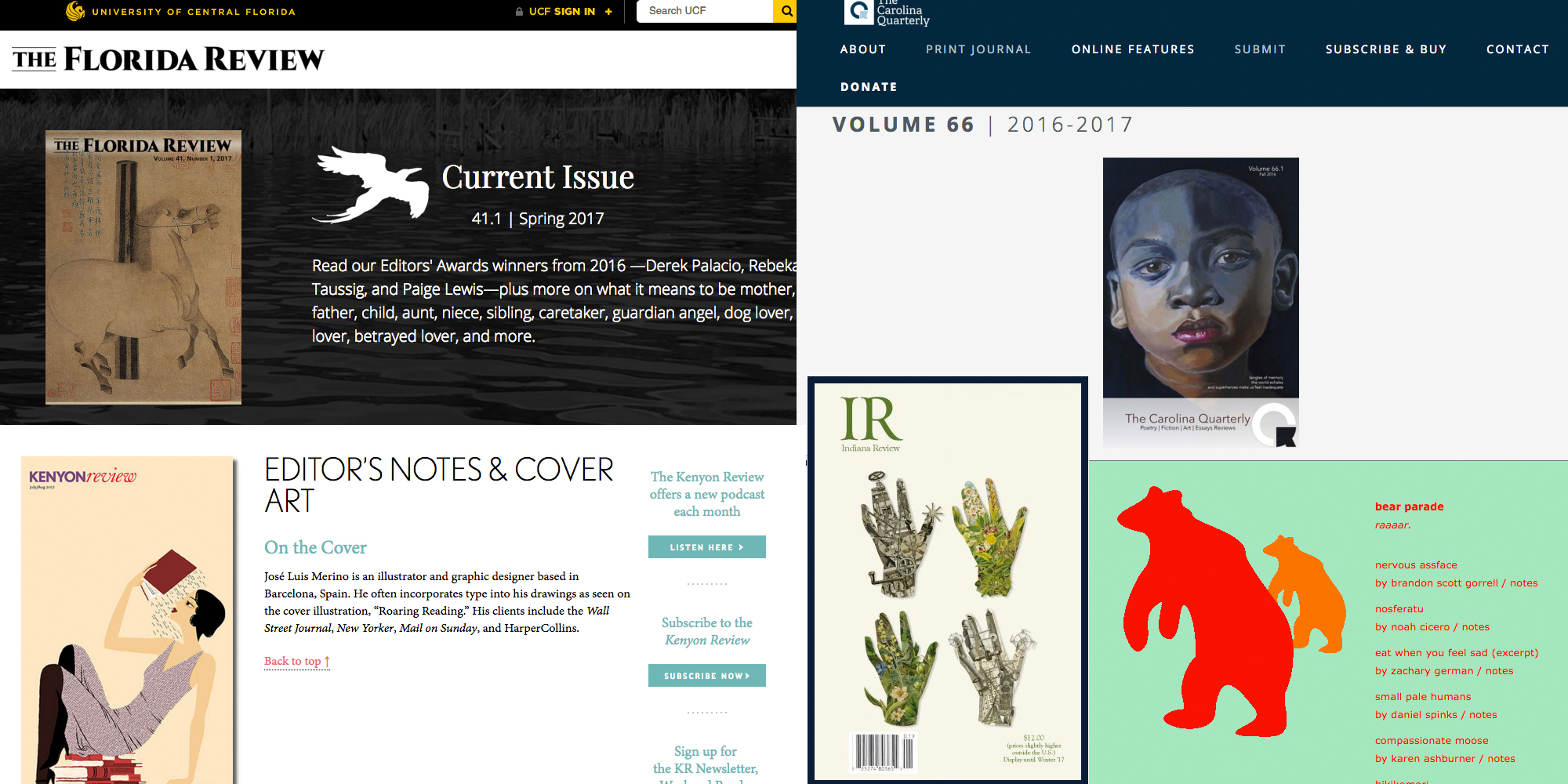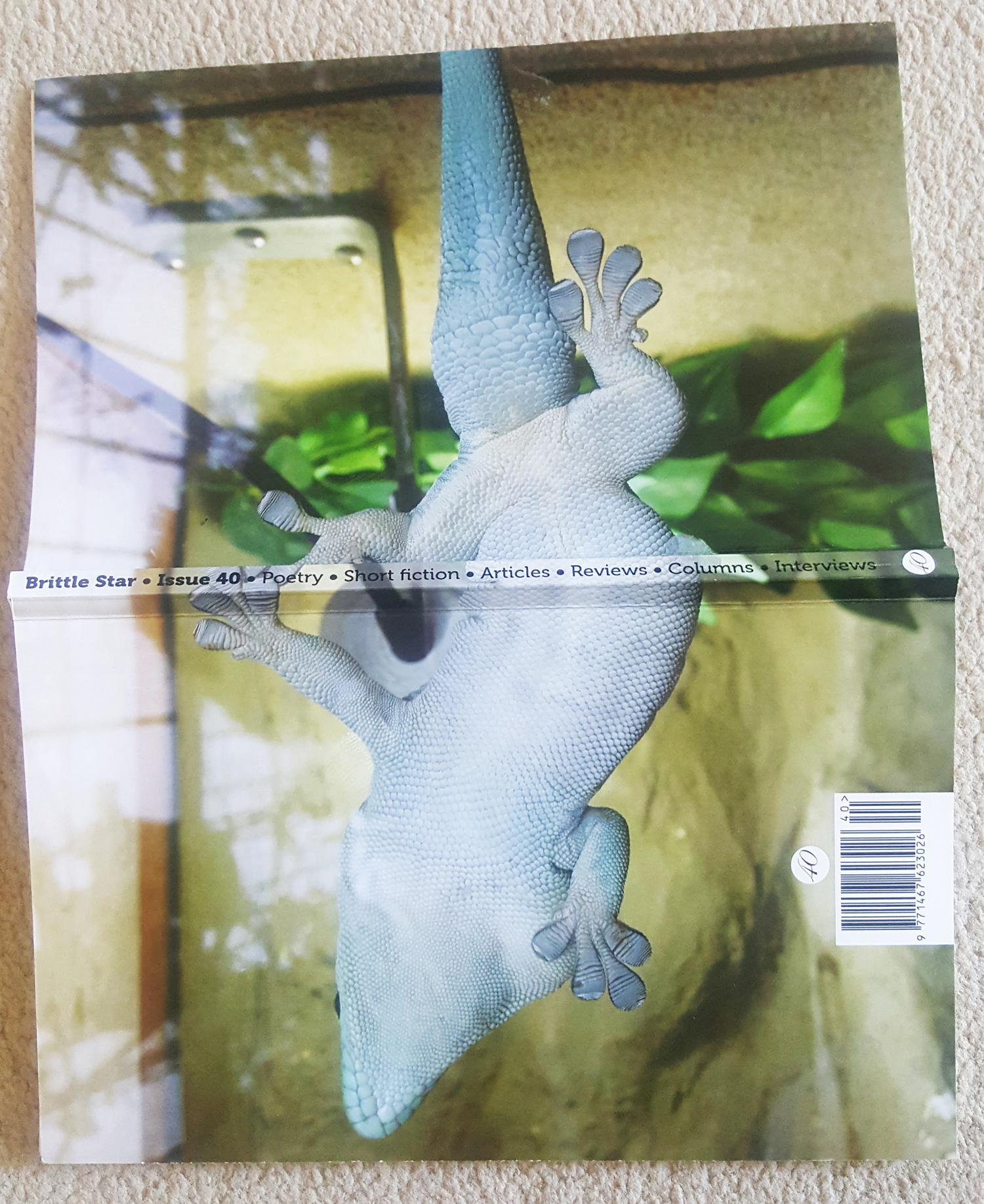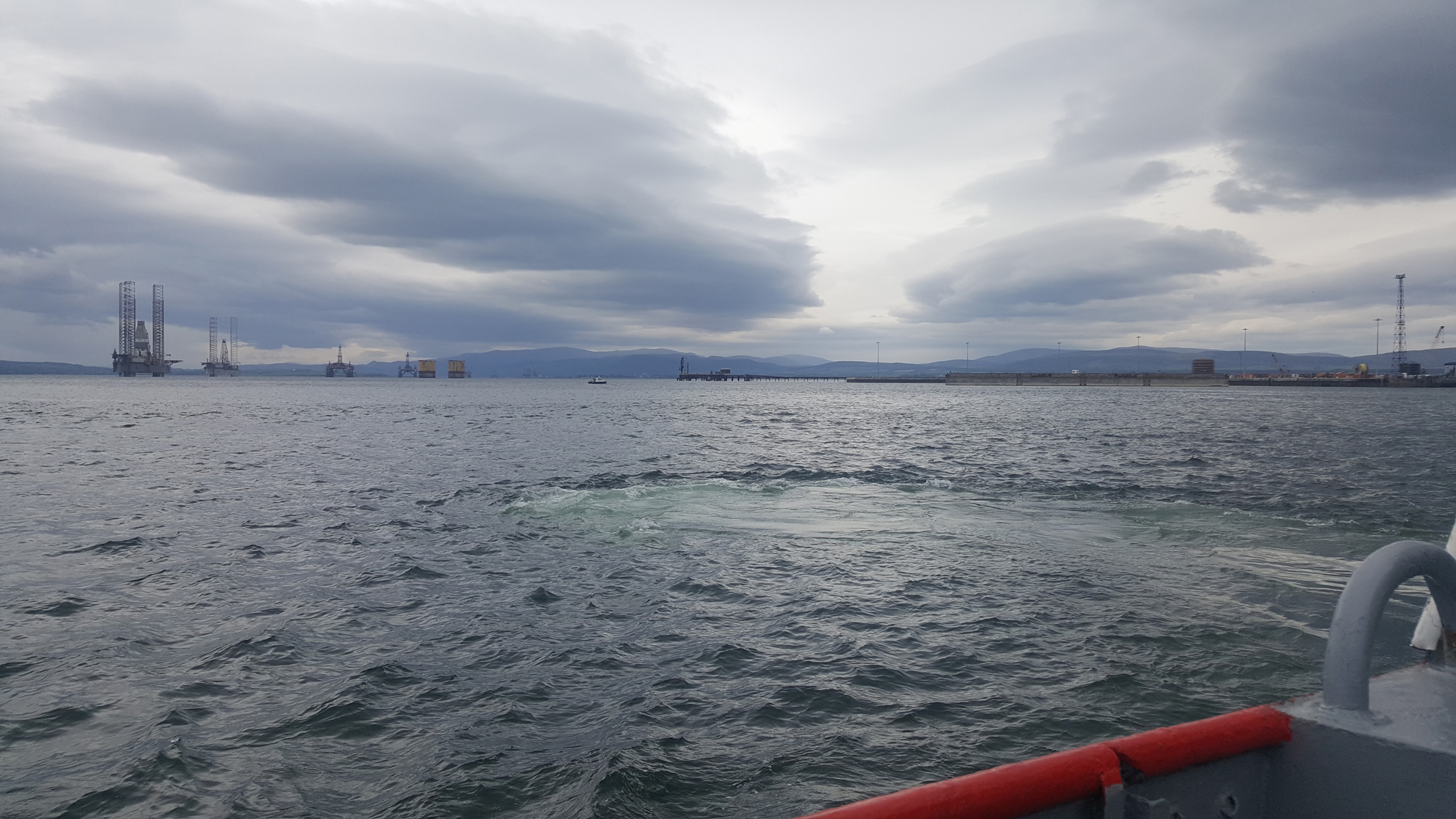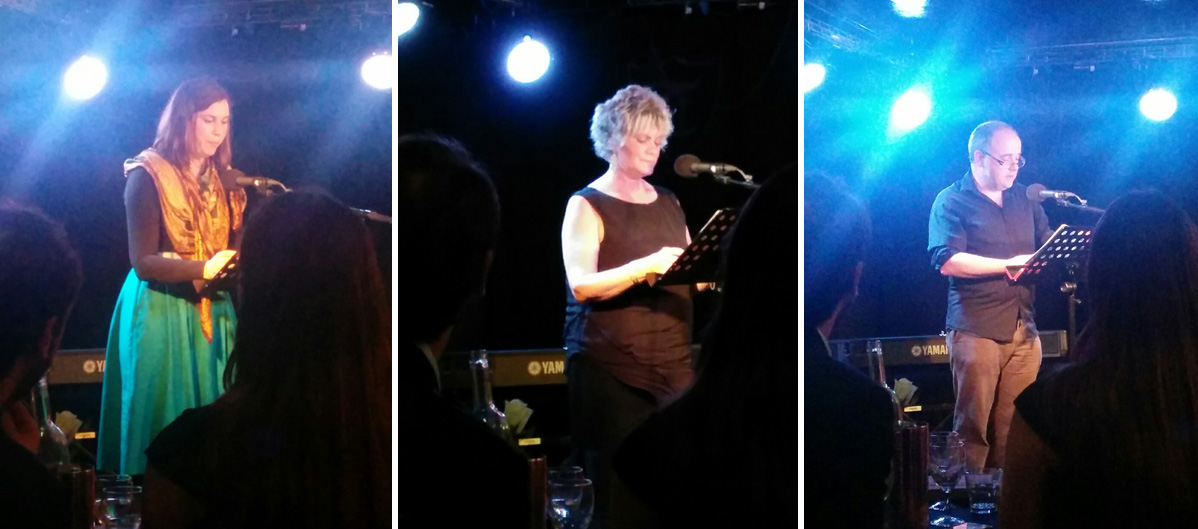Submitting to US poetry journals, part 1
You know how it happens – you start following a link, then you get so engrossed in something you end up forgetting about your current ‘to do’ list. So there I was, reading a poet’s biog, I followed a link to a magazine I didn’t recognise, and got thinking ‘hmm, my XYZ poem could work well here’. It was a US online journal, and I remembered I was once going to write a blog post about submitting to US journals, aimed primarily at UK poets.
First of all, an admission: I don’t have a great track record of subscribing or submitting to US journals, but I enjoy Rattle and used to subscribe to Poetry (until they decided to make it very difficult for non-US residents to subscribe).** In the past I’ve never felt confident that my work would fit. Too British. But I’m starting to feel that may be changing.
** UPDATED 21/8 – after hearing from Don Share on Twitter, I can report that Poetry’s online subscription process now accommodates overseas addresses, so I have re-subscribed. Huge thanks to Don – I’m somewhat amazed that the editor of the most famous poetry mag in what was once known as ‘the free world’ should take the time and care to reach out to a humble subscriber. Truly deserving of a Mexican wave around the poetry community.
As with all journals, it’s a good a idea to sample a publication before submitting. This is of course where online magazines come into their own – you can read current and back issues and check out their aesthetic. Also, you’ll often find very specific information about a US journal’s mission and what they welcome (other than the not terribly helpful ‘send us your best work’ which always strikes me as odd. Why would I even want an editor to read and publish something if I don’t feel it represents my best work?)
So how do you start submitting to these magazines?
- The Poetry Society of America has a long list of magazines – this is a great resource but I suspect it hasn’t been updated lately. There are forty-nine journals listed here which have broken links, and some magazines aren’t listed. Still useful though.
- Read poet biogs – once you start browsing US poetry magazines you’ll find poems/poets you like, or that you could imagine your work appearing alongside. Read the biogs, see where else they are published, and check out those places.
- Start collecting info on a spreadsheet – web address, editor’s name, submission window dates, link to submission guidelines, and so forth. It can then be a monthly task to check what windows are coming up, and decide whether to submit or not.
Deciding where to submit
Not every journal is going to be right for your work, and there may be other reasons why you are attracted to one magazine over another. For example I know I’m influenced by things like the stated response time and whether they use Submittable (which I like). I’m perfectly happy with paying a small reading fee, whereas I know some poets are not.
Getting the information together is a first step. Then I try to narrow it down to a few targets, revisit them and read more, think about what poems I might send them or set a reminder to do this once their window is open.
Personally I like to have a bit of a strategy because I feel it’s the best use of my time. I don’t have that many poems at any one time so a scattergun approach wouldn’t work for me. But I know some poets always have plenty of poems ready to send. If that’s you, and you target magazines who are OK with simultaneous submissions, then you could set aside some time and do a mass send out.
In my next post I’ll be listing some US magazines, with submission details and other info. Depending on how long this turns out to be, it may be more than one post.
Meanwhile, if you have any experiences of US poetry magazines that you’ve submitted to, or considered submitting to, or any stories/advice you’d like to share, do let me know in the comments.















